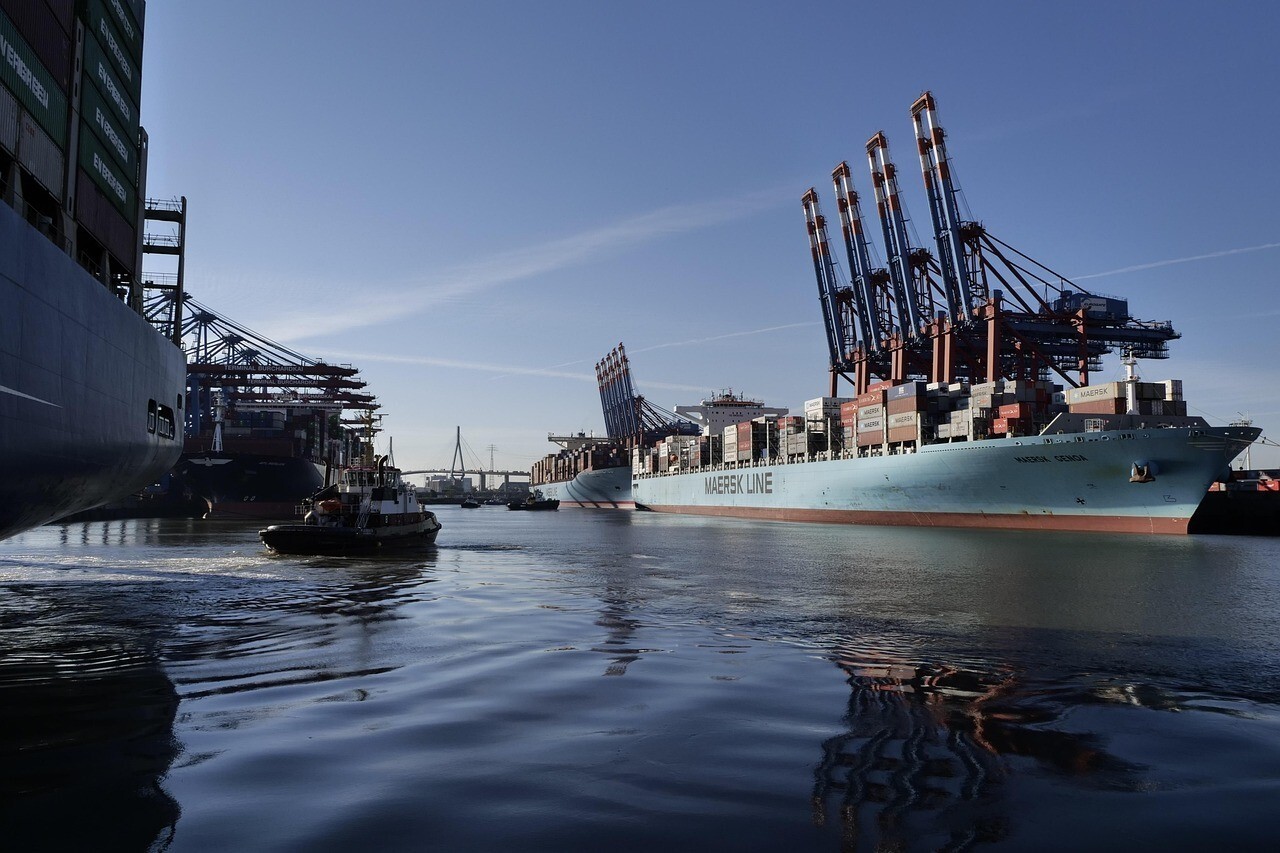

Some Japanese aluminium buyers have settled third-quarter premiums at USD 108 per tonne, down sharply from USD 182 per tonne in the second quarter, in a deal that reflects muted domestic demand, rising port inventories, and broader market oversupply, according to sources directly involved in the negotiations.

Image for referential purposes only
The 41 per cent quarter-on-quarter decline is the second consecutive drop and the lowest quarterly premium since early 2024, underscoring Japan’s ongoing demand uncertainty across major end-use segments like transportation, construction, and packaging.
Buyers gain upper hand as spot deals undercut producers’ offers
Negotiations, which concluded last week, saw initial producer offers range between USD122 and USD 145 per tonne. However, Japanese buyers pushed back aggressively, citing low spot deals—some as low as USD 80 per tonne — and elevated inventory levels at domestic ports. This gave buyers the upper hand in price-setting, forcing producers to agree to USD 108 per tonne for July-September shipments.
The premium, which is added on top of the London Metal Exchange (LME) benchmark, is a critical pricing reference not only for Japan but for much of Asia’s aluminium trade.
Domestic weakness reinforced by consumption data
Responses








